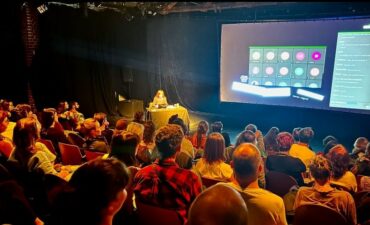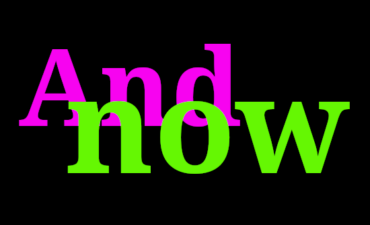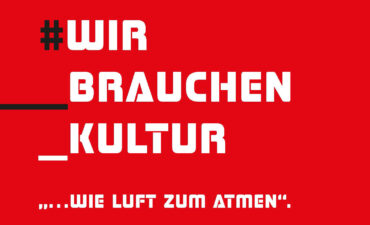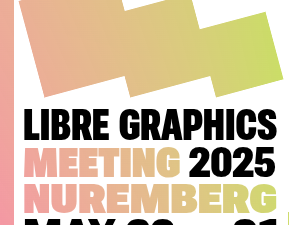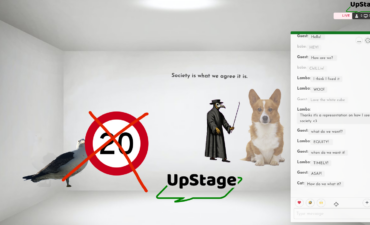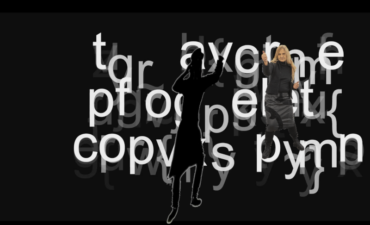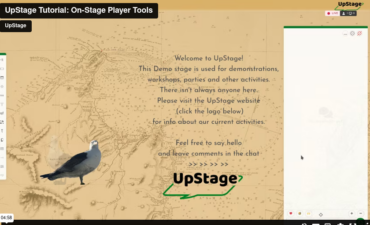Hi developers and followers of UpStage!
In the past few weeks, we made some progress on our research topics.
Text to speech by Charlotte and James:
They created a project for testing TextToSpeech features on Windows OS. The project works with basic voice options (Kevin and Kevin 16). They also setup the same project on Ubuntu with the two basic voices working. But could not get either projects to work with more voices or through a browser. We guess some configuration files must be updated accordingly.
The next step will be to investigate how to make sound working for Linux OS in order to meet the server requirements.
James also looked into MBROLA, a project for speech synthesis. MBROLA currently is still under further investigation.
Although it is still unclear, it appears the current code uses ActionScript as well as the text engine Festival in Python to make Avatars speak which rules out reusing some of the code as dependence on Flash is one of the major issues with the software.
Flash by Gaoxin and Takuma:
There are Open Source alternatives to Flash. All of them are experimental projects. One such project is Gnash, created by a team of 3 developers. It’s been used over different platforms from Linux to OSX. However, due to it is under experimental phase, the build version is not stable for all computer architectures. As a result, Gnash is considered not a good candidate.
Previous team research on a Flash replacement was investigated and all we were able to find was a brief mention of Flash in a proposal for ActionScript 3. The team decided not to replace AS2 with AS3. AS3 still uses Flash so is not a viable option for us at this stage.
Currently, HTML5 seems like the most viable replacement for Flash. In addition, HTML5 has support for graphics handling.
Video Stream technologies by Xiangyu and Yue:
Youtube streaming API and VLCJ are found. Xiangyu and Yue found there may be two specific areas that worth looking into:
One of them is to create live stream scene from the stage host, so that the audience and the other players can see via stage.
The other choice is to allow players sending requests to the host in order to share video clips or live stream scene.
Xiangyu and Yue also found “Webcam Capture” and OpenCV projects can be the next candidates as both projects support live video streaming. Webcam Capture is a Java project with plenty of examples. OpenCV can be used for different platforms. OpenCV also provides some features that current UpStage doesn’t have such as “facial recognition”. As the current video streaming technology in UpStage is not well defined, we’d like to have them all.
For video streaming technologies, we should also look into audio as part of video stream technology. They pair is examining OpenAL (Open Audio Library) with the other video stream technologies.
There are needs for finding proper schemes for server efficiency. As video data may cause slow traffic.
Overall, research takes a lot of time. From our recent team meeting, we think it’d be better to have a criteria to validate the technologies that we look into.
Coming up with selection criterias will be a task along our researches.
Kindly regards
Takuma Sato & Yue Li
Developer on the AUT UpStage Team

